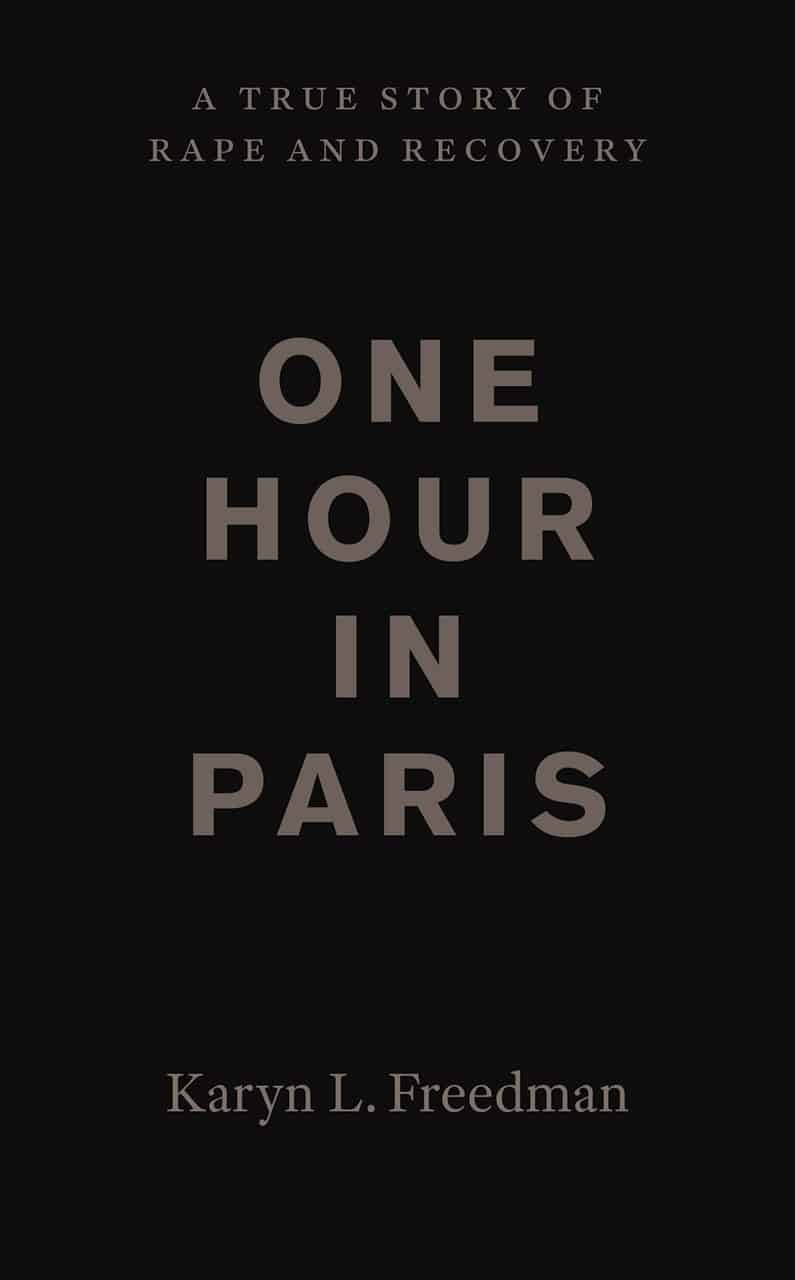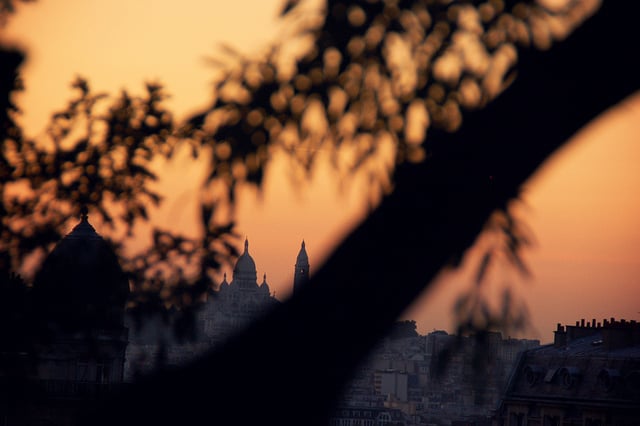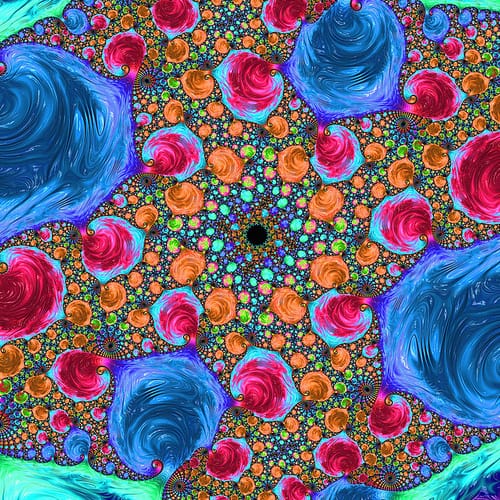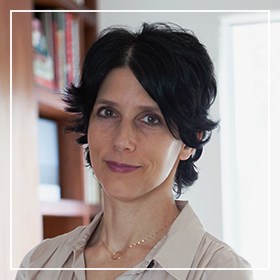I am grateful to Tamar McKee and Maureen Pritchard for their insightful and critical engagement with One Hour in Paris: A True Story of Rape and Recovery (University of Chicago Press, 2014), and for their generous reviews of the book. One Hour in Paris is a book about sexual violence, gender inequality, trauma and recovery. It is a memoir, but the book is not just about me. Over the course of five chapters I make the point that the story of a young woman, a rape and its aftermath, is one that is, however deplorably, universal.
McKee sees through to my intentions in writing the book, both to my desire to speak out about these kinds of experiences which social norms dictate we keep secret, as well as to my desire to contextualize my own experience of sexual violence within the broader social and historical patterns of violence against women and girls.
 Indeed, it is in light of this set up that McKee finds the fourth chapter of the book, Africa: 2008, wanting. In this chapter I look at the prevalence of gender-based violence around the world, with a focus on the Democratic Republic of the Congo and also on Maun, Botswana, where I spent a few weeks in the fall of 2008 doing volunteer work at a nongovernmental organization called Women Against Rape (WAR). Although my time at WAR was brief, it was transformative in many ways. It helped to shape my understanding of rape and its aftermath. But McKee worries that I miss an opportunity here, most strikingly, she suggests, in my recounting of an afternoon I spent as a participant in a group therapy session, along with a handful of local women and girls.
Indeed, it is in light of this set up that McKee finds the fourth chapter of the book, Africa: 2008, wanting. In this chapter I look at the prevalence of gender-based violence around the world, with a focus on the Democratic Republic of the Congo and also on Maun, Botswana, where I spent a few weeks in the fall of 2008 doing volunteer work at a nongovernmental organization called Women Against Rape (WAR). Although my time at WAR was brief, it was transformative in many ways. It helped to shape my understanding of rape and its aftermath. But McKee worries that I miss an opportunity here, most strikingly, she suggests, in my recounting of an afternoon I spent as a participant in a group therapy session, along with a handful of local women and girls.
This was a powerful and moving experience, and after describing it in this chapter I talk about how the session ended with the participants drawing pictures of imaginary gardens, each one of us creating our own makebelieve sanctuary.
I don’t relate the details of those pictures, and yet, as McKee claims, this would have been a perfect chance to give voice to the cross-cultural variation that we see in how survivors communicate the trauma of sexual violence, something that I discuss earlier on in the chapter. I find it hard to disagree with her on this point. This was an opportunity to step out of my perspective and into someone else’s, and instead I move quickly here. I am not exactly sure why. I think in part I felt like I needed to protect these women, most of whom, on that afternoon, were speaking openly and publicly about their experiences for the first time. But perhaps also I did not fully appreciate the significance of the drawings, of how they were representative of the different ways that individuals express their hurt. In retrospect, I wish I had slowed down on this point and made it carefully. I could have done so in a way that did not betray any confidences gained during that session, and I agree with McKee that this would have enriched the story I tell in this chapter.

Pritchard is more critical than McKee. On the one hand, she recognizes the value of first-person narratives about rape and the importance of getting right its phenomenology, but at the same time she worries that the immediacy of this kind of storytelling shuts the door to more nuanced theoretical interpretations of trauma and sexual violence. Pritchard refers to a number of volumes that address head-on these theoretical issues, including work by Veena Das and Arthur Kleinman, as well as an edited collection by Susan Coakley and Kay Kaufman. I agree with Pritchard about the importance of these texts and the theoretical insight they bring to these issues, but I disagree with her criticism of One Hour in Paris.
To ask that I move further away from the subjective position, that is, from telling my own story of sexual violence, trauma, and recovery, in order to give a deeper theoretical analysis of these issues is, I think, to ask me to have written a different kind of book.
Still, I agree with Pritchard that having rich theoretical analyses on these topics helps ground first-person narratives like mine, and I hope that One Hour in Paris further entrenches the need for that kind of work.
Featured image: “Enchanted Garden” by Julie Geiger (flickr, CC BY-SA 2.0)



